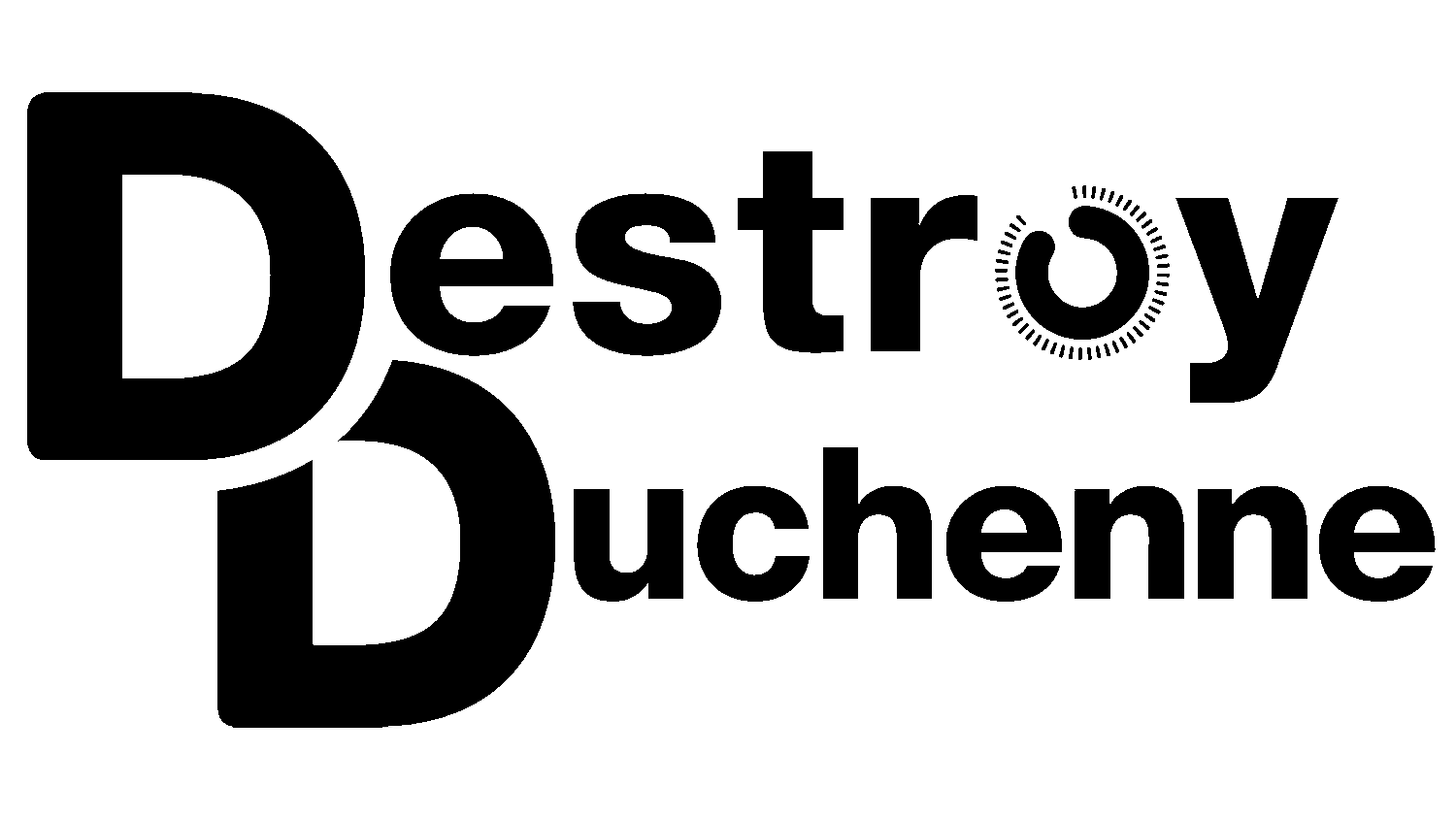
Duchenne Muscular Dystrophy
Satellos is developing a novel small molecule medicine to restore muscle repair and regeneration, starting with Duchenne muscular dystrophy.
Duchenne Muscular Dystrophy
Duchenne muscular dystrophy (DMD) is a genetic condition caused by mutations in the dystrophin gene, leading to the absence of a functional dystrophin protein. Dystrophin provides structural support to muscle fibers. We discovered it also plays a role in signaling muscle stem cells to divide and regenerate tissue. Without it, the muscle repair process is impaired, resulting in progressive muscle weakness and degeneration.
At Satellos, we’re developing an oral small molecule therapy aimed at restoring this disrupted regenerative process by replacing the missing signal normally provided by dystrophin. By targeting a dystrophin-independent biochemical pathway, our approach seeks to reactivate the body’s innate muscle repair mechanisms. This strategy is designed to be applicable regardless of a patient’s specific genetic mutation or immunogenicity profile and has the potential to complement existing therapies focused on dystrophin restoration.
We have completed our first-in-human Phase 1a/b clinical trial evaluating our lead drug candidate, SAT-3247, in Healthy Volunteers and Adults with Duchenne, and are initiating a long-term follow-up study (NCT06867107) for patients that participated in that trial.
Preclinical studies have shown that SAT-3247 increases the number of muscle progenitor cells, which are essential for effective muscle repair and regeneration.
Muscular Dystrophy
DMD is the most common childhood onset muscular dystrophy affecting approximately 1 in 3,500 male births worldwide. Unfortunately, despite decades of intense research and development, there is no cure for DMD, and patients usually do not survive past the second or third decade of life. In DMD, there is a high unmet need for meaningful therapies, especially those that restore, not just delay, the loss of muscle and its function.
Satellos believes it has identified a means to restore the ability for DMD muscle to respond to the continuous damage that characterizes this disease, thereby allowing for the successful repair of muscle tissue. Keeping up with the damage that arises may not only lead to a slowing of functional decline, but has the potential to improve functional outcomes for DMD patients.
MyoReGenX


